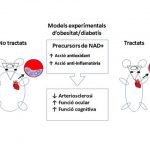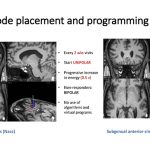
The Sant Pau Medical Oncology Service, in collaboration with the Immunology and Inflammatory Diseases Research Group of the Sant Pau Research Institute-IIB, led by Dr. Silvia Vidal, has published an article in the journal Cancer Immunology and Immunotherapy. The article, “Circulating Leukocyte-platelet complex as a Predictive Biomarker for the development of immune-related Adverse events in advanced non-small cell lung cancer patients receiving anti-PD- (L) 1 blocking agents”, is the result of collaboration between the two teams over more than two years, which has led to the identification of a predictive profile of increased risk of adverse effects of immunotherapy treatment in a group of lung cancer patients receiving immunotherapy treatment.



















